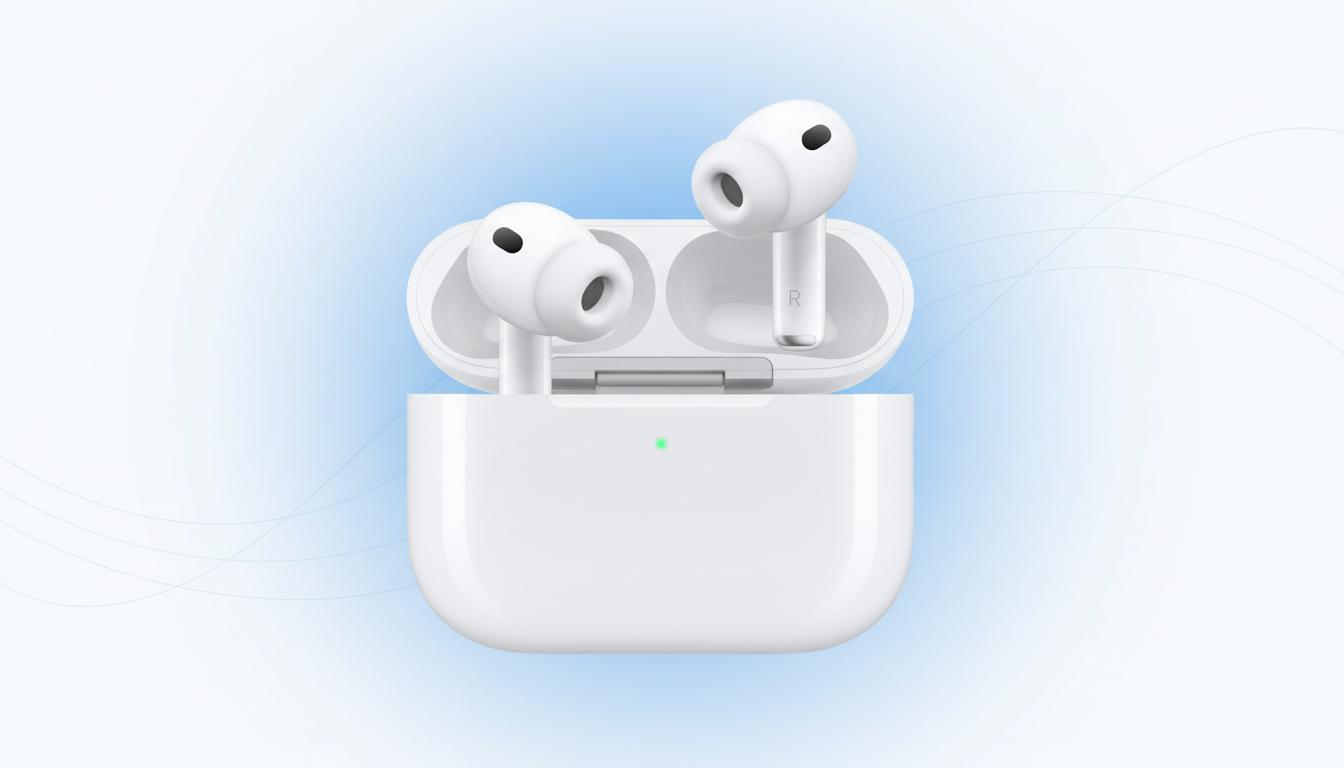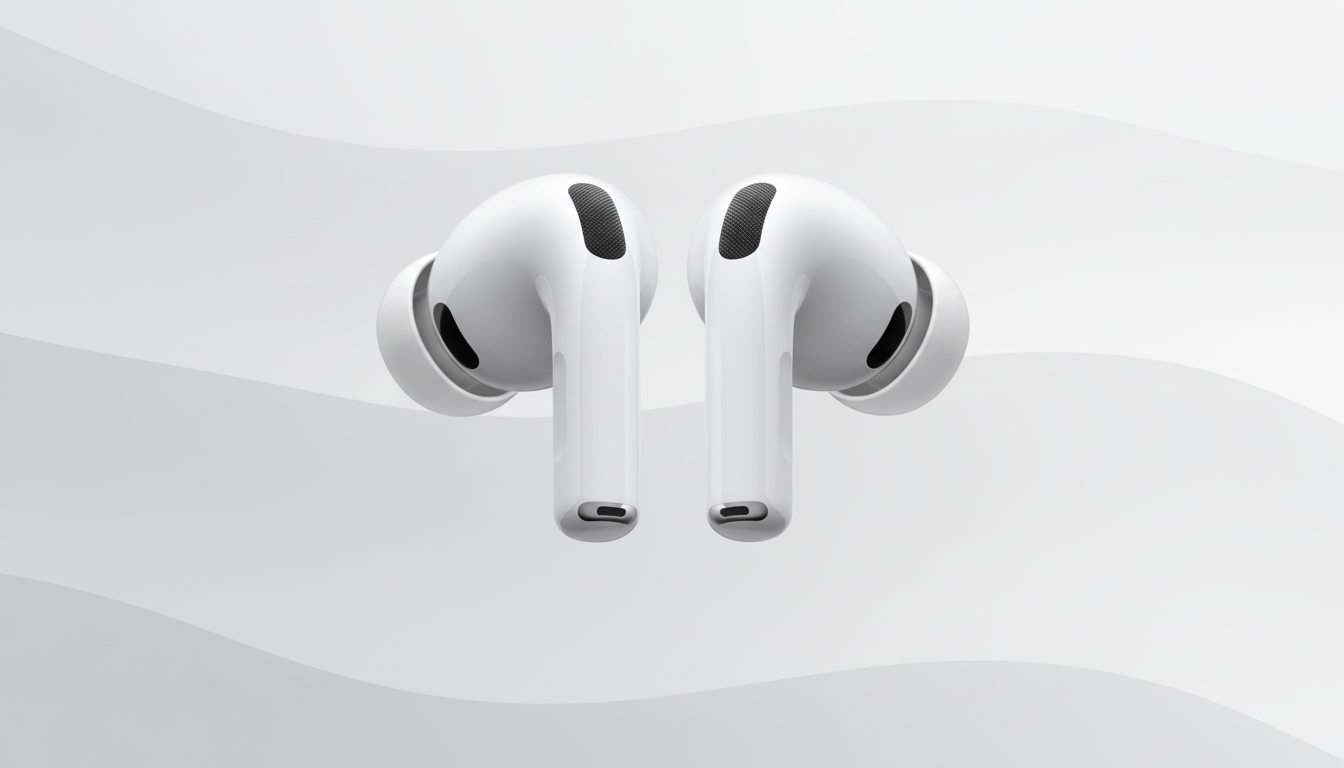On an Android phone, Apple’s AirPods Pro 3 score a direct hit where it counts — sound and noise reduction — but they still stumble over the same platform barriers that have always defined this connection. They sound better, the noise cancellation is powerful and there are some features missing from Sony’s app for Android users.
That split personality describes the experience: brilliant acoustic engineering shackled to an ecosystem that won’t give back. If you’re Android-first, the performance and feel are great, but you’ll still sense that you’re being cordoned off from some headline features.
- Sound quality and noise canceling impress on Android
- Pairing pain and limited Android platform smarts
- iOS-only features leave gaps for Android users
- Spatial Audio on Android delivers a mixed experience
- Context matters when judging AirPods Pro 3 value
- The bottom line for Android users considering AirPods Pro 3

Sound quality and noise canceling impress on Android
These are the best-sounding AirPods yet. The tuning forces more bass, cleaner and deeper without stamping on the mids, and feels airier up top. And on bass-heavy tracks, you get kick drums with snap rather than sludge, while vocals remain centered and understandable. Acoustic recordings expose microdetails — the trails of reverb, the texture of strings — that previous AirPods blurred.
While it depends on AAC over Bluetooth and skips Android favorites such as LDAC or aptX Adaptive, thanks to a little bit of help from your smartphone, they manage to sound remarkably good with mainstream streaming apps. This is the power of smart DSP and tight drive unit control: don’t go telling us you need hi-res codecs to hear an uplift.
The active noise canceling is equally strong. Apple advertises up to 2x gains over the previous model, and while that kind of marketing math is tough to prove, we got excellent low- and mid-frequency attenuation on the street. Subway rumbles retreat, office HVAC melts away and high-frequency intrusions condense to an endurable hiss. Transparency is a breeze and free of the razor’s hiss that afflicts many competitors.
Pairing pain and limited Android platform smarts
The catch comes back, as it always does: Pairing and device management on Android are still a roadblock. There’s no Google Fast Pair, no Android Find My Device integration and no native settings app. A new front touchpad on the case can knock them into pairing mode, but it’s fussy and still requires a manual dive into Bluetooth menus.
This feels most avoidable, too, given Apple’s own Beats line has fully embraced platform-neutral tech. The Beats Fit Pro and other recent releases support Google Fast Pair and Find My Device, meaning they should take next to no time (a couple of seconds in many cases, according to Google) for initial setup, and they offer an easier means of finding a misplaced bud. On AirPods Pro 3, Android users lose all that convenience.
Multipoint is another catch. Apple’s Auto Switch is neat across iPhone, iPad and Mac, but it doesn’t yet span Android or Windows in a seamless native way. If you’re the kind to bounce between a laptop and an Android phone, there’s going to be more manual toggling than on Sony and Bose and Beats options.

iOS-only features leave gaps for Android users
The hardware is nice, if not exactly revolutionary; the software, of course, shows a preference for iOS. As for Android, it lacks heart rate sensing in Apple’s Health framework, Live Translation, Siri-native controls, custom head scans for Spatial Audio, exact Find My changes and Conversation Boost, as well as deeper settings toggles. There are also exclusive firmware updates and button-mapping tweaks for Apple devices.
Some of these omissions are indulgences, not necessities. Admittedly, when you’re dropping premium cash, the lack of headline features grates — especially when rivals offer cross-platform feature parity. While there’s not much to be said about an app, you get a powerful one on Google’s Pixel Buds Pro, Sony’s WF-1000XM5 and Beats Fit Pro with equalizer control, ANC tailoring and easy pairing.
Spatial Audio on Android delivers a mixed experience
Spatial Audio can still provide an engaging listening experience on Android, in supported apps, by widening the stereo image and adding height cues for movies and concert footage. But the best version — one with accurate head tracking and simple customization — is only available for Apple devices. If you’re the type to value spatial immersion, you’re generally going to see better control responsiveness and quality calibration in environments where those settings are natively accessible.
Context matters when judging AirPods Pro 3 value
Android runs approximately 70% of the world’s smartphones, according to industry trackers such as StatCounter and IDC, so for Apple to have such limited Android support seems like a curious business decision. The sound quality and active noise cancellation here are good enough to win converts; the software stance makes it harder than it has to be.
If you have an iPhone, buy AirPods Pro 3 if you already own a pair of them or split time between Apple devices. The set of features blossoms and the friction disappears. If you are Android-first, the math is different. Beats Fit Pro offer Fast Pair, Android Find My Device and good ANC with a similar sound character. The WF-1000XM5 bring LDAC, excellent noise canceling and granular app controls. Bose QuietComfort Ultra Earbuds have great isolation and easy multipoint. All three seem designed for both worlds.
The bottom line for Android users considering AirPods Pro 3
AirPods Pro 3 sound excellent and quash the world more effectively than most. But on Android, they prompt you to tolerate clunkier setup and a smaller selection of tricks than the hardware merits. If you’re only interested in pristine audio and ANC, you’ll be satisfied. If you also crave seamless pairings, feature-rich controls and ecosystem-agnostic intelligence, better cross-platform choices await.

